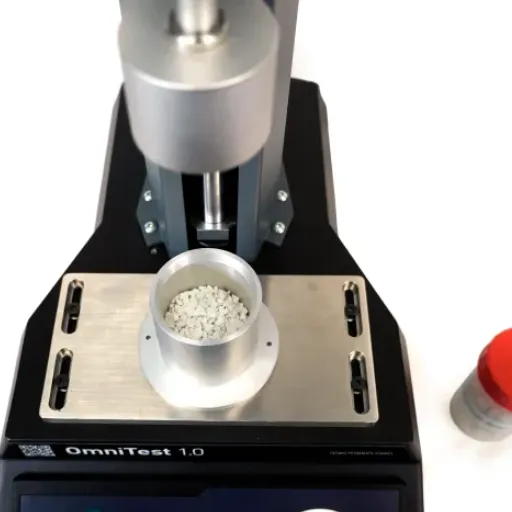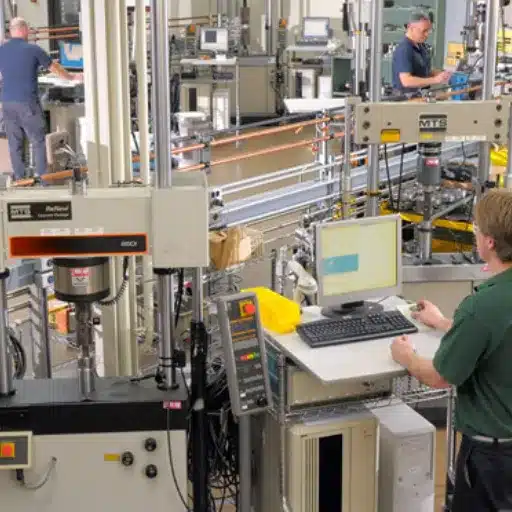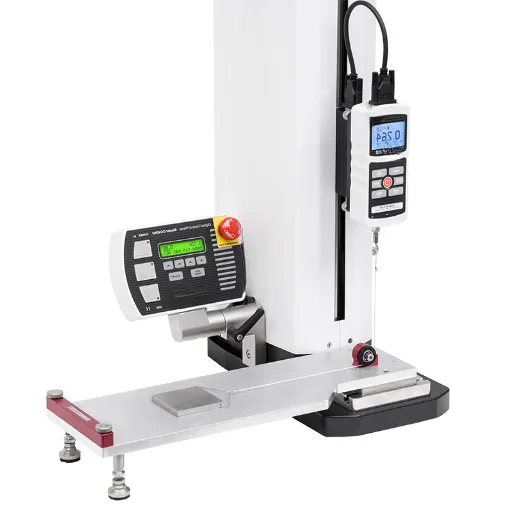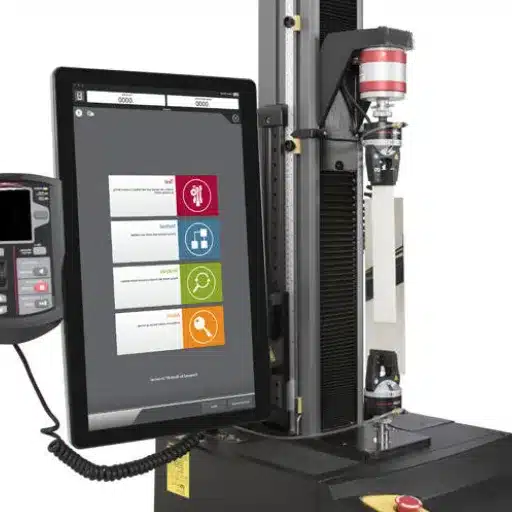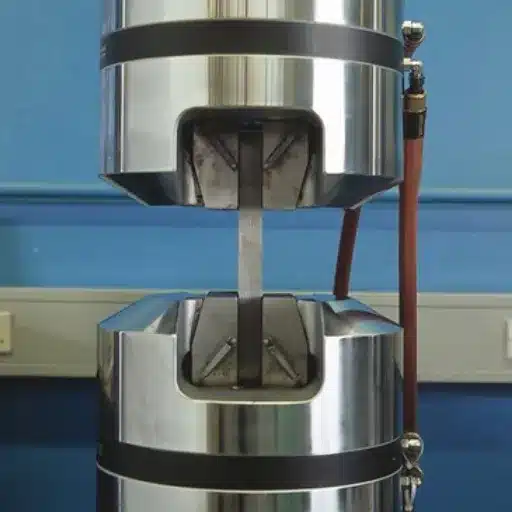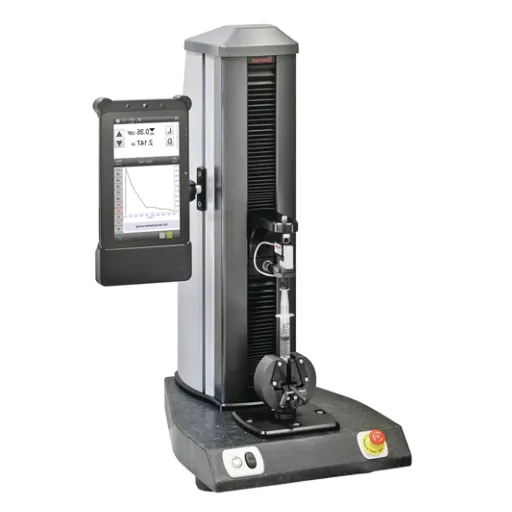The crush strength of catalyst pellets is a critical property affecting the performance and lifetime of catalysts in various industries. Under pressure, in refining plants, petrochemical applications, or environmental protection systems, the mechanical strength of catalyst pellets is the primary factor influencing their efficiency and durability. In this blog post, we take a deep dive into the importance of crush tests and strength tests, how these tests are conducted, and what makes them key to the success of the tests for effective catalyst use. By the time you finish this article, you will have a better understanding of how pellet strength is tested and why that variable is critical in operational success.
Introduction to Crush Strength
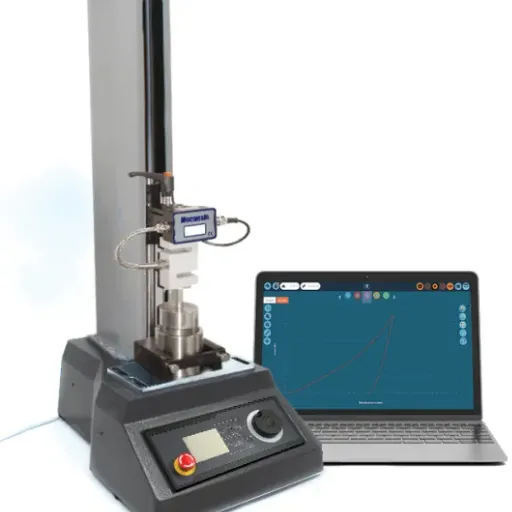
What Is Crush Strength?
Crush strength is basically the resistance of a material or object to breakage or deformation under pressure or force. Crush strength is important- for example, when it comes to industrial catalysts and pellets, these must be able to maintain their shape and structure during operations. It emphasizes the crush strength of catalyst pellets to ensure they are strong enough for their intended use.
Crush strength testing generally entails the application of force to single pellets or a group of pellets until they break. Such provides the working fundamentals to determine what pressure a material can withstand before structural failure. The information and results gained in these tests go a long way toward assessing the mechanical strength of pellets and analyzing those particular properties in various candidate mixtures wherein greater mechanical strength or longer life can be promoted.
Key Point: A good crush strength assessment is of utmost importance because it basically serves to test if the catalyst can withstand mechanical stresses during the different stages of handling, loading in the reactor, and operation. Such weak pellets would even cause a lot of undue obstruction to processes through breakage and attrition, thereby causing degradation of performance and subsequent increase in operational costs.
Importance of Crush Strength in Various Industries
Several industries value crush strength for materials under pressure to maintain mechanical integrity. In the chemical industry, for instance, catalysts are commercially available as pellets or granules that require sufficient pressure during loading, handling, and operation to maintain consistent performance. The crush strength of these materials should be strong enough so that it does not cause degradation, fragmentation, or generation of fines, all of which could impede the progress of important chemical reactions and ultimately result in increased maintenance and operational costs.
Chemical Industry
Catalysts must maintain shape during loading, handling, and operation to prevent degradation and operational cost increases.
Construction Industry
Materials like concrete, bricks, and aggregates must not fail under heavy loads to ensure safety and longevity.
Pharmaceutical Industry
Tablets must resist breakage during packaging and transportation while disintegrating appropriately when consumed.
Catalysts Key Concepts and Applications
The term catalyst means an inverted nomenclature for these special chemical substances that accelerate chemical reaction without themselves being consumed. They work by lowering the energy of activation required for the reaction so as to allow the chemical transformation to proceed more rapidly and more efficiently. Catalysts may be natural or artificial; enzymes used in biological systems are natural catalysts, while artificial catalysts are used in industrial setups.
Industrial Applications:
- ✓ Oil Refining: Converting crude oil to fuel
- ✓ Plastic Production: Large-scale polymer synthesis
- ✓ Fertilizer Manufacturing: Ammonia synthesis
- ✓ Environmental Protection: Catalytic converters for emission reduction
Understanding Catalyst Pellet Crush Strength
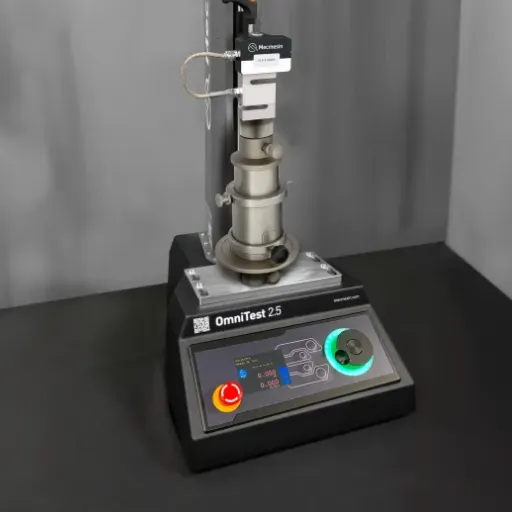
What Is Pellet Crush Strength?
Pellet crush strength refers to the measurement of the mechanical strength possessed by individual catalyst pellets. It measures the force required to crush a pellet under controlled conditions to best represent durability and resilience under pressure. Being a vital property, it determines the resistance offered by the pellets to handling, transportation, and conditions under which the pellets will pursue industrial processes.
Measurement Process: The crush strength is measured using standardized methods that hold a single pellet under increasing pressure until it fractures or deforms. The results are expressed in Newtons or pound-force, with higher values indicating better resistance to industrial stresses.
Factors Influencing Pellet Crush Strength
Pellet Composition
Natural raw materials, binders, and active materials affect mechanical properties. The choice and proportion must balance mechanical durability with catalytic activity.
Manufacturing Processes
Extrusion, pelletization, and drying parameters including pressure and temperature control affect reproducibility and minimize defects.
Physical Attributes
Size, shape, and porosity directly affect mechanical performance. Denser, more compacted pellets typically have higher crush strength.
Crush Test Methods for Catalysts
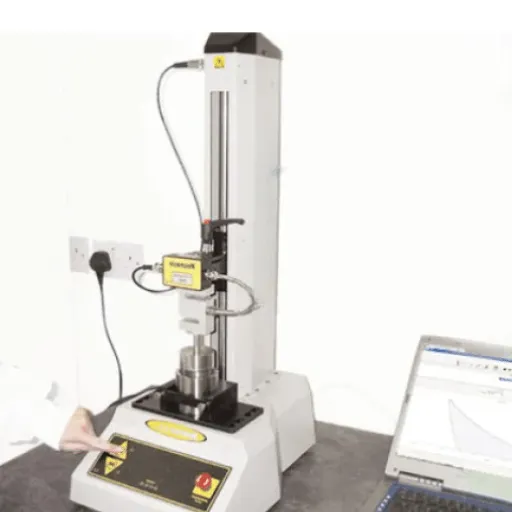
Standard Test Method ASTM D4179
Purpose: According to ASTM D4179, the compression test shall be conducted to determine the one-directional compressive strength in axial direction of catalyst and catalyst carrier. The test is intended for determining the crush strength of cylindrical or spherical particles ranging in diameter of approximately 1/16th inch (1.6 mm) to 1/4th inch (6.4 mm).
Process: An increasing load is applied to one particle until it cracks or undergoes any deformation. The force it took to crush the particle is called the crush strength. This measurement indicates how stable a material may be in relation to pressure.
Standards: ASTM D4179 calls for uniform test conditions including particle alignment, loading speed, and test apparatus features to ensure reliable, comparable results across different materials and batches.
Standard Test Method ASTM D7084
| Aspect | Details |
|---|---|
| Purpose | ASTM D7084 defines a method of testing the bulk crush strength of catalysts, evaluating mechanical stability of granular or pelletized materials used in industrial processes. |
| Importance of Uniform Testing | Ensures consistency and reliability through controlled sample preparation, loading speed, and particle size distribution, greatly decreasing result variability. |
| Applications & Benefits | Data useful for catalyst design, quality assurance, and performance prediction. Critical for chemical manufacturing and oil refinery processes where catalysts face continuous mechanical stress. |
Single Pellet Crush Testing Procedures
- Sample Selection: Take a representative set of pellets, ensuring they have no visible defects or irregularities
- Testing Process: Place pellets individually in testing apparatus where compressive force is applied until breakage occurs
- Data Recording: Record maximum load measured to break each pellet, providing measurable indication of mechanical integrity
- Analysis: Determine average crush strength and evaluate variability across the sample batch
- Standardization: Follow standard test methods like ASTM D7084 to ensure accuracy and reproducibility of results
Equipment Used to Perform Crush Tests
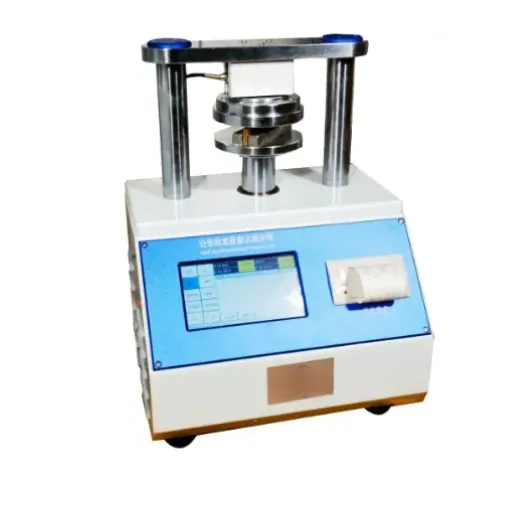
Types of Testing Machines
Hydraulic Machines
- • High force capacity
- • Ideal for hard, rigid materials
- • Generate very high force levels
- • Suitable for demanding applications
Electromechanical Machines
- • Precise load control
- • Variable testing rates
- • Electric motor driven
- • Critical accuracy requirements
Calibration and Maintenance of Testing Machines
Calibration Process:
Calibration checks for deviations from standards and quantifies any differences. Periodic calibration at set intervals ensures machines maintain initial accuracy levels and produce reliable results for decision-making.
Maintenance Requirements:
Preventive maintenance includes cleaning, checking for wear, lubrication of moving parts, and replacement of damaged components. This minimizes breakdowns, extends machine life, and ensures smooth operation.
Compression Parameters in Crush Testing
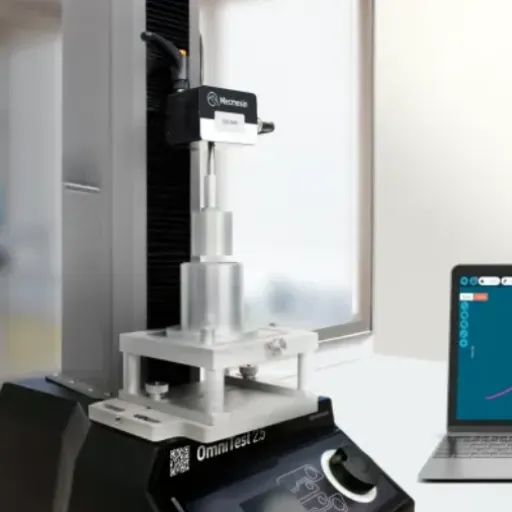
Key Parameters for Accurate Measurements
Applied Load
Must be set with accuracy to fit the specific test. Excess leads to measurement errors, while deficiency fails to reveal material properties.
Compression Rate
Must be uniform and standardized to build consistent, reliable results over time and across different test sessions.
Material Response
Consider elasticity and breaking point behaviors to enable better interpretation of test results and performance predictions.
Impact of Compression Rates on Test Outcomes
| Compression Rate | Material Behavior | Test Implications |
|---|---|---|
| High Rates | Quick loading causes brittle behavior and premature failure | May not represent actual service conditions |
| Low Rates | Allows material adjustment to applied forces | Better represents capability under actual conditions |
Frequently Asked Questions (FAQ)
Q: What are crush strength units?
A: Crush strength units are an expression of measurement used to describe the force needed to crush a material. Usually they are given in pressures, megapascal (MPa), or kilograms per square centimeter (kg/cm²). These units become important during strength testing, so that in real applications force-bearing surfaces encountered can be determined.
Q: In what manner is the crush test performed?
A: The crush test is performed by subjecting the sample, such as tablets or pellets, to a compressive load, which gradually increases until failure occurs. This test fixes the crush strength by defining the maximum load a material is capable of resisting prior to deformation or mechanical failure. Standard test methods like ASTM D7084 guarantee comparability and reproducibility of results.
Q: Why is it important to measure crush strength?
A: Measuring crush strength is essential to analyzing the mechanical strength and durability of materials, mainly in the pharmaceutical and catalyst industries. It determines how materials tend to behave under pressure and can dictate tablet or pellet and catalyst designs or formulations.
Q: Which parameters affect crush strength?
A: Several parameters influence the crush strength, like particle size and shape and material properties. For example, the crush strength might differ for formed catalysts depending on their composition and on the method used for strength measurement. Nevertheless, moisture content and processing conditions can also influence these parameters.
Q: What distinguishes radial from axial crush strength?
A: The radial crushing strength refers to the ability of a structure to resist compression forces applied from the sides, while crushing force occurs along the axial length of the structure. It is important to understand the differences between these two types of strength tests, as these may come in handy in instances where various loading conditions are used.
Q: How does one determine an average crushing strength?
A: Crushing strength averages are normally determined by dividing the total load applied during the crushing test by the cross-sectional area of the specimen; thus, a matrix of crushing force per area is produced, which allows a better comparison between materials tested under different conditions.
Q: What is the role of international standards in crushing strength testing?
A: The international standards for conducting different crush tests and measuring crush strength are established by ASTM and the like. These standards guarantee that methods of testing are standard and reliable, giving the industries dependent upon the mechanical strength of their materials—a location for the pharmaceuticals and catalysts.
Q: What is the importance of bulk crush strength?
A: Bulk crush strength reflects the total strength of a material in bulk composition and is of utmost concern in applications where materials are stored or transported in large quantities. Knowing how a bulk crush strength will behave under load prevents mechanical failure in handling.
Q: What is the crush test of a single pellet?
A: Crush strength tests on single pellets evaluate the strength of an individual pellet, providing insights into the catalytic or other granular materials’ formed mechanical strength. This test thereby helps in the quality control of pellets so that every pellet meets the specifications required for satisfactory performance in various application reactors.
References
- What is the Crush Strength of MERSORB – Explains crush strength units, such as kilograms (Kg) and Newtons/cm², and methods for measuring crush strength.
- CRUSH Series ASTM D4179, ASTM D6175, ASTM D7084 – Details on radial and bulk crush strength units, typically expressed in kg/mm or Newton/mm, and relevant ASTM standards.
- SGN & Crush Strength Test Kit Guidelines – Guidelines for testing and understanding the minimum pressure required to crush individual particles.
- What is Crush Strength for Paperboard Cores? – Discusses crush strength as a measure of load-bearing capacity for cylindrical structures.
- C133 Standard Test Methods for Cold Crushing Strength – Covers test methods for determining cold crushing strength and modulus of rupture for refractory shapes.

